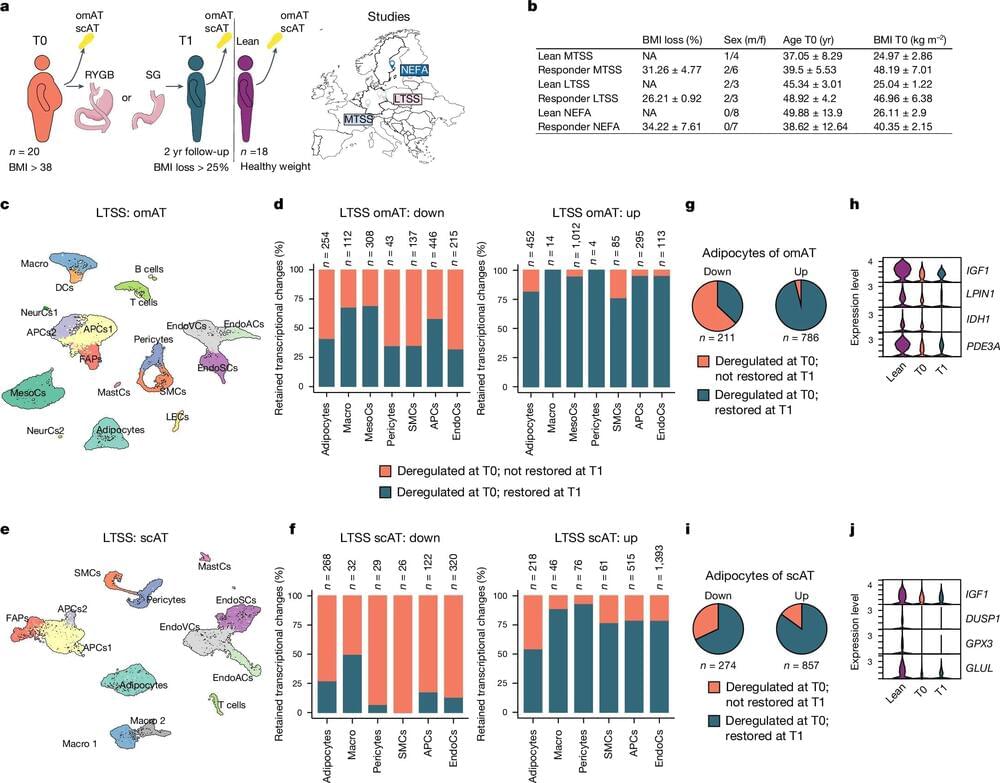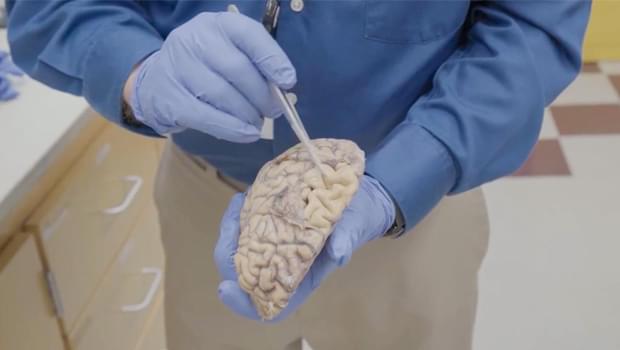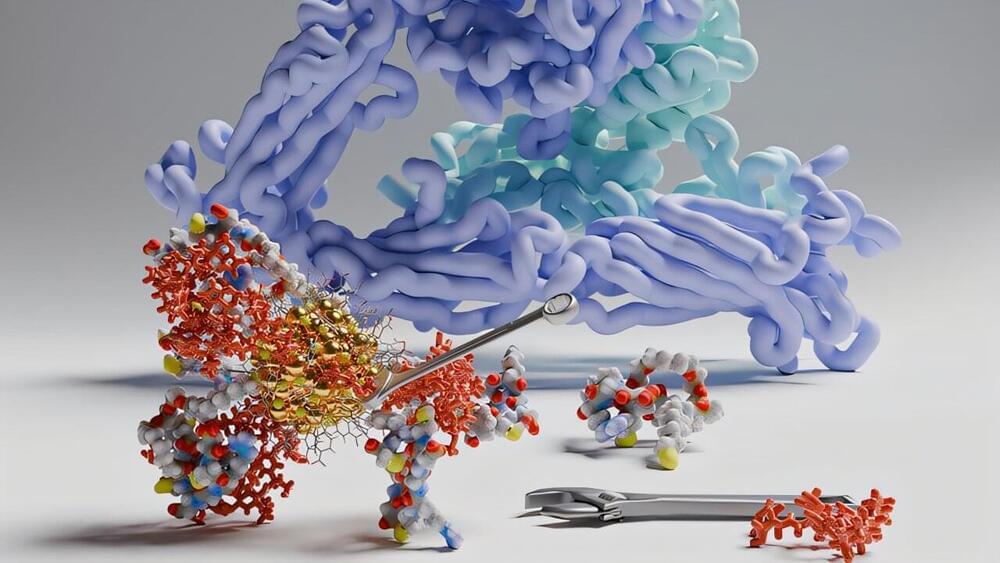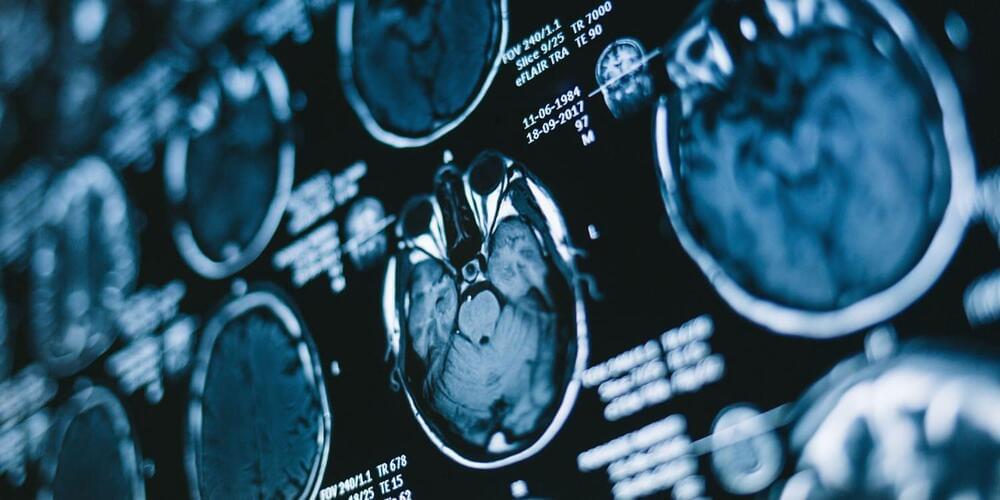Can weight loss leave a lasting imprint on our fat cells?
Losing weight is often touted as a cornerstone of better health, particularly for people dealing with obesity and its associated health risks.
Anyone who has ever tried to get rid of a few extra kilos knows the frustration: the weight drops initially, only to be back within a matter of weeks—the yo-yo effect has struck. Researchers at ETH Zurich have now been able to show that this is all down to epigenetics.
Epigenetics is the part of genetics that’s based not on the sequence of genetic building blocks, but on small yet characteristic chemical markers on these building blocks. The sequence of building blocks has evolved over a long period of time; we all inherit them from our parents.
Epigenetic markers, on the other hand, are more dynamic: environmental factors, our eating habits and the condition of our body—such as obesity—can change them over the course of a lifetime. But they can remain stable for many years, sometimes decades, and during this time, they play a key role in determining which genes are active in our cells and which are not.








